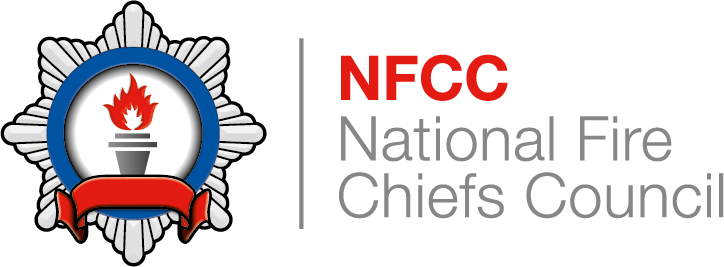Safe system of work: Unstable or collapsed excavations
Control Measure Knowledge
An incident involving an unstable or collapsed excavation may require:
- Shoring
- Removal of fallen or collapsed materials
- Isolation of machinery or vehicles
- Relocation of loads, such as vehicles, machinery or building materials
- Reducing movement in the hazard area
- Appropriate location of fire and rescue service vehicles, equipment and personnel
An unstable or collapsed excavation should be assessed at the earliest opportunity. Although the initial assessment can be carried out by first responders, it may be necessary to seek specialist advice.
Specialist advice may be available from a competent person, structural engineer or tactical adviser and should be sought prior to committing personnel to the hazard area.
If personnel need to enter an unstable or collapsed excavation where the excavation support system has been compromised, it will be essential to consult with the responsible person or competent person to determine a safe system of work. This could be the contractor or a civil engineer.
The minimum number of personnel should be committed to the hazard area, especially if the assessment or monitoring indicates the potential for further collapse. There should also be emergency procedures in place, which can be initiated if required.
Where it is necessary to work around an unstable excavation, trench or other unstable surface or natural or built environment appropriate working at height procedures should be adopted. Any additional load placed in the area should be risk assessed and where possible pressure should be reduced by spreading the load, for example by using trench sheets or plywood. For more information see Unguarded edges and Spread the load.
Strategic Actions
- Establish arrangements with appropriate agencies to provide specialist advice, assessment and monitoring of excavations
- Ensure personnel are aware of local or national arrangements and the specialist advice available for excavations
Tactical Actions
Incident commanders should:
- Avoid applying additional loads to the excavation, such as fire and rescue service vehicles, equipment and personnel
- Consider requesting specialist advice regarding unstable or collapsed natural or built environments
- Identify the type of material being excavated and the height and angle of the excavated face
- Have emergency arrangements in place for unstable or collapsed structures
- Ensure that the minimum numbers of personnel work in the hazard area for an unstable or collapsed natural or built environment
- Assess and continuously monitor the hazard area for signs of further collapse of an unstable or collapsed natural or built environment
- Seek advice or assistance for shoring from the responsible person or competent person
- Consider spreading the load of equipment or personnel to reduce the pressure on the opening
